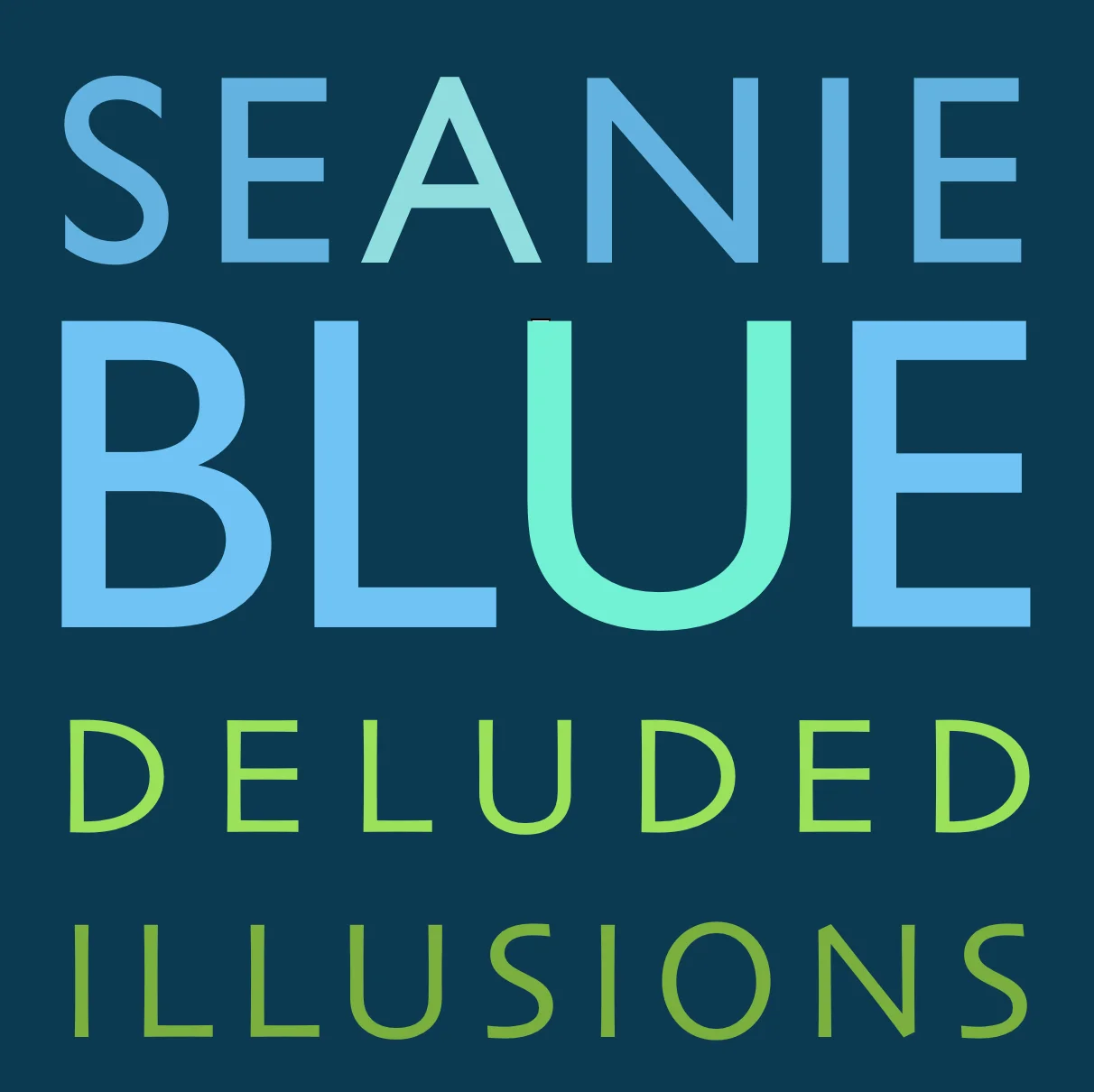Nude, edited.
The debate is endless, digital versus film. It always seems to me that the people who champion film do so because they remember the good old days when only they could afford it, and the arrivistes were nowhere to be seen! But now everyone has a digital camera, everyone can be Avedon, and the style monopoly of just a decade ago has been irretrievably wrested away from the sons and daughters of doctors and Manhattan merchants who could afford to pay for Kodachrome and Ektachrome. I'll burn 1,700 shots in a day, never on any continuous bursting, which I hate, but in a methodical see it and shoot discipline, a total which would have cost me $500 15 years ago. When I traveled to India with Steve Correl 25 years ago, we were ecstatic to have 30 rolls of film, about 1,000 shots, for a three-month trip. I remember feeling rich with such a load! In the Congo several years later I met a Belgian photographer who was taking 12 medium format shots in Africa during his two month trip; I am ashamed to say he wasted one of those on me, sitting on the back of a banana truck in the Bwindi Impenetrable Rainforest. But now, in a world of instant Avedons, where is film? It can still be expertly mimicked in Lightroom, painstakingly so, as in this shot of Katya Zvantseva I took last week. What's so interesting here is that she is lit with six 216-LED lights that cost $35 each. This should bring any photographer to a heart-stopping halt. Huge light, daylight, too blue, at $35 each, never getting hot, small enough so that the whole six-light kit fits into my backpack? In this case I used the yellow lights of the hallway behind her as my backlight, and then placed the six lights at different angles to shade the portrait as I wanted it, and then most crucially in the edit I left enough of the blemishes of her skin to avoid that plastic perfection that ruins most photographs (and photographers). The whole point of capturing a moment is to preserve its flaws and imperfections; there is nothing more boring than the perfectly lit studio shot. But more on this debate, of digital versus film. It's actually a long question I've posed to all the pro photographers I've met, from Steve McCurry to Eli Reed to Dennis Stock. And I've got a thrilling example, another picture of Katya, to dissect for anyone interested in using digital processes to exceed film's limits. But the model is downstairs now, waiting, and off I go.
+ + + +
ABOUT THE PIC: Katya Zvantseva shot by Blue in Studio A in Georgetown. Lit by six NEEWER 216 LED light panels, and backlit by normal hallway fluorescent lighting. The 3-point light system, overly bright, of traditional studios has left us with a template that limits our imaginations rather then expanding them. Very few amateurs get to experiment with other lighting systems in studio settings because of the cost of the lighting. The NEEWERs are $35 each. I can have 12 in a backpack. A single one is enormously bright. They are a miracle!
Click here
Same six NEEWER lights. Two are used to show the faint X drawn on her belly for ultrasound monitoring of her baby. She is seven months pregnant. The idea here was to make her pregnancy a bit of a surprise to the viewer. I've cropped out the bottom of the picture (and her hand) because the pubic hair will get me kicked off Facebook, so the picture is a longer vertical. The three pictures together I use to emphasize the artiness of a pregnancy. I can incorporate that condition into my own artful purposes, and leave her with a triptych that memorializes her pregnancy in a (hopefully!) singular fashion.



































